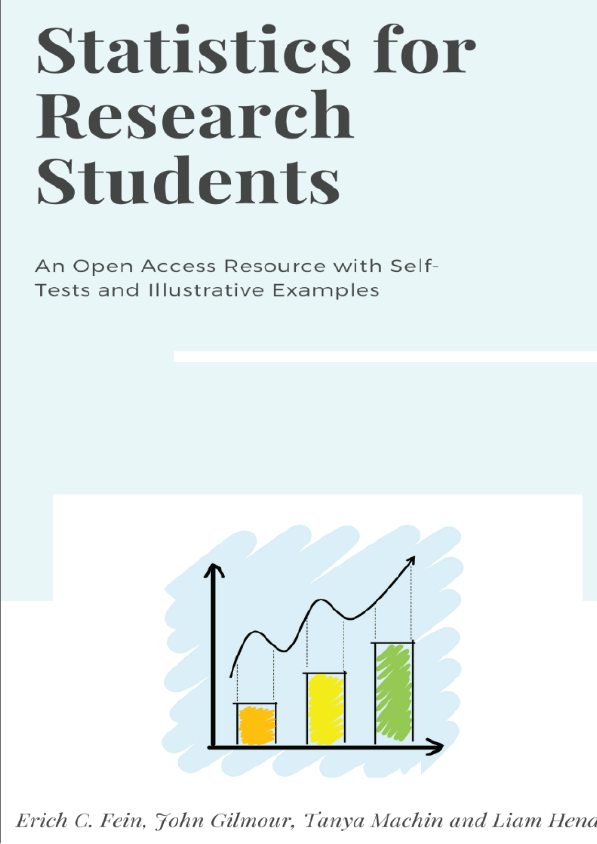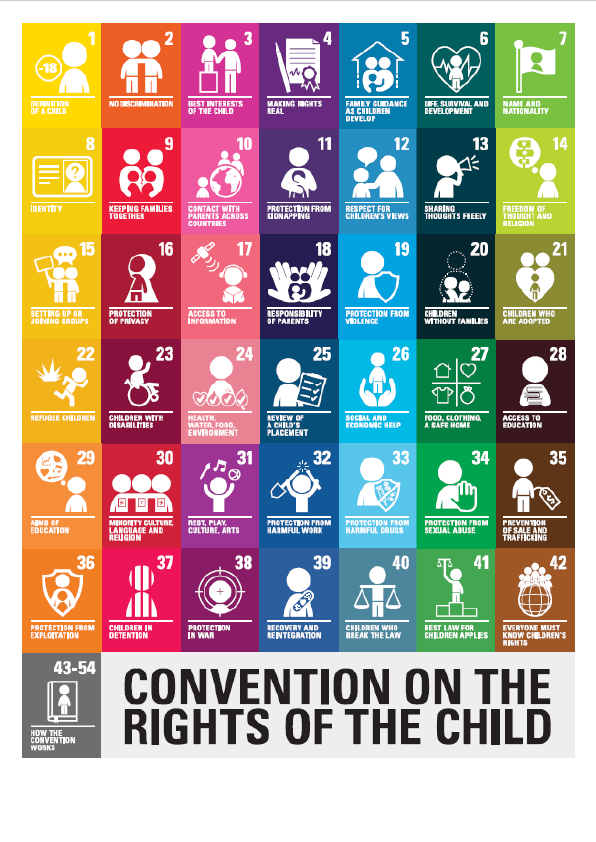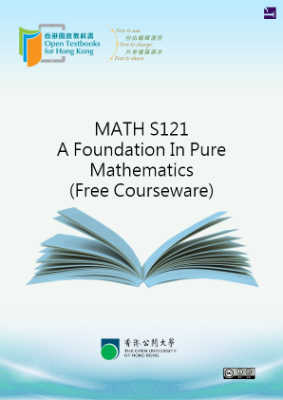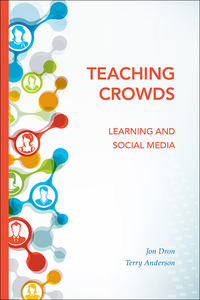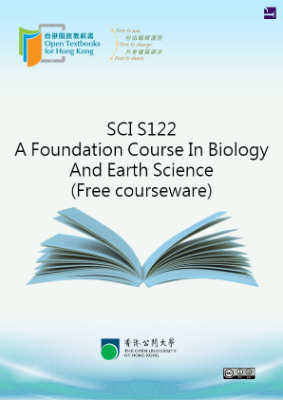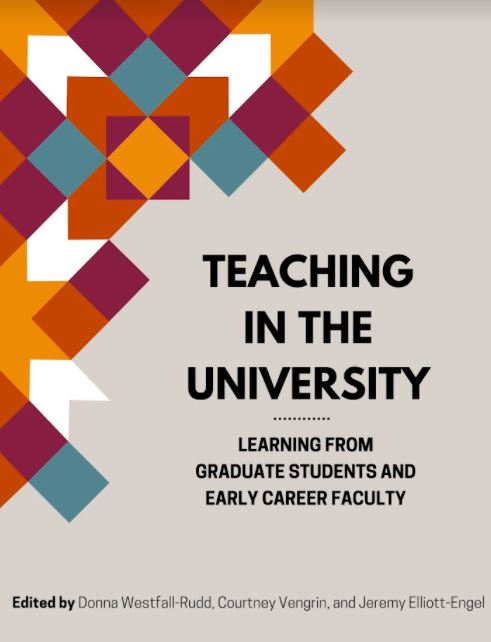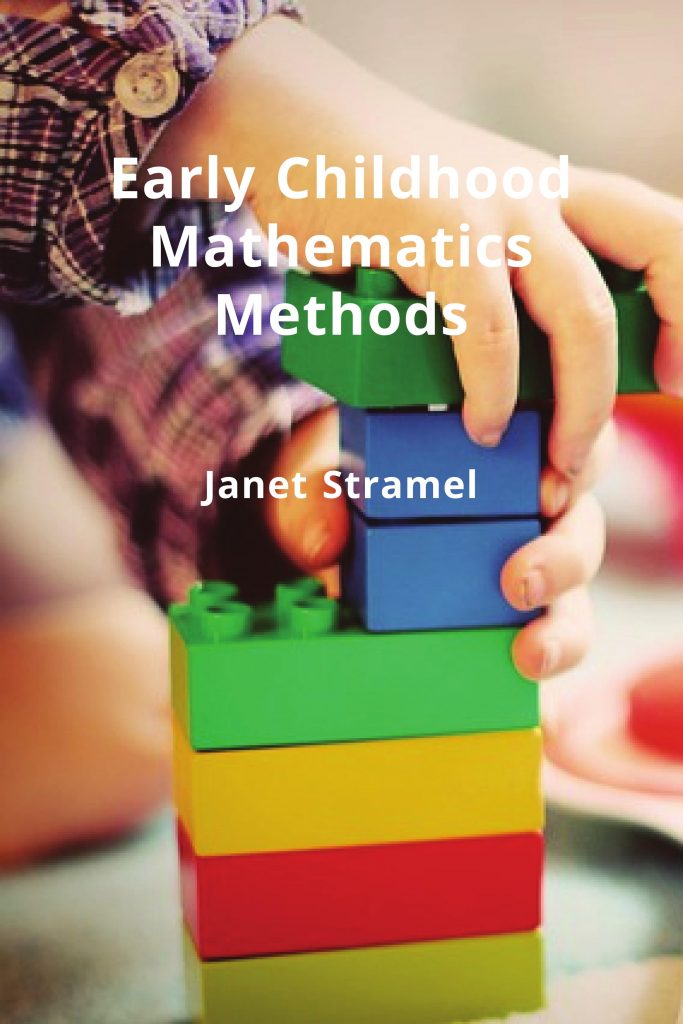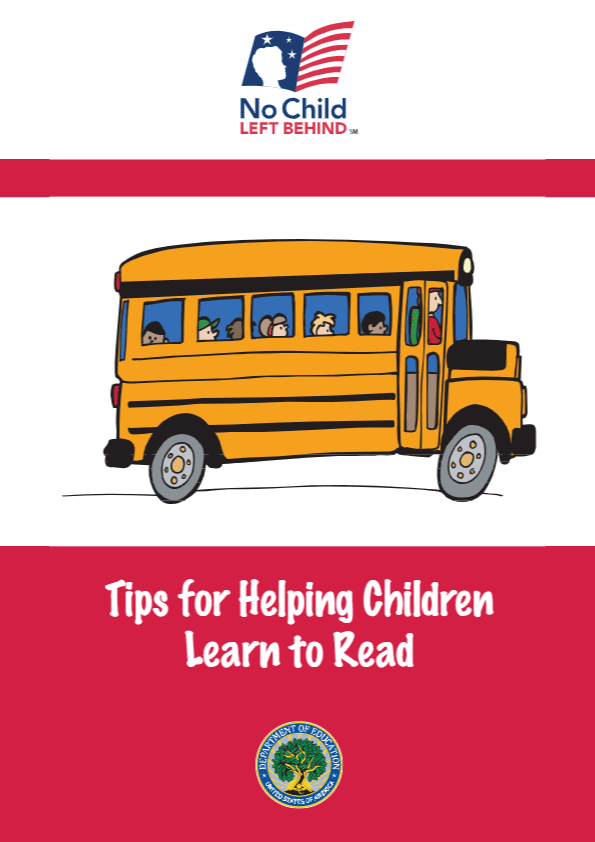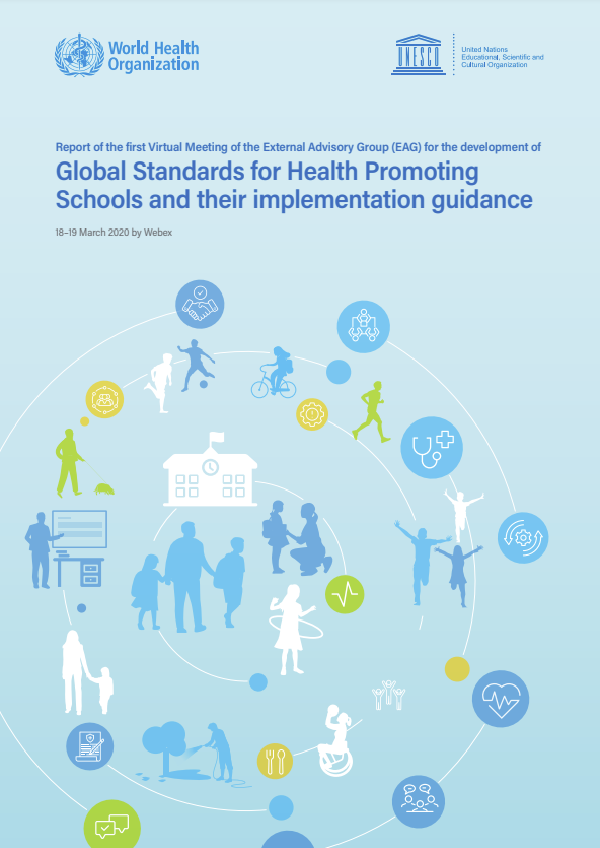The University of Southern Queensland acknowledges the traditional custodians of the lands and waterways where the University is located. Further, we acknowledge the cultural diversity of Aboriginal and Torres Strait Islander peoples and pay respect to Elders past, present, and future.
We celebrate the continuous living cultures of First Australians and acknowledge the important contributions Aboriginal and Torres Strait Islander people have and continue to make in Australian society.
The University respects and acknowledges our Aboriginal and Torres Strait Islander students, staff, Elders, and visitors who come from many nations.
Accessibility Information
We believe that education should be available to everyone, which means supporting the creation of free, open, and accessible educational resources. We are actively committed to increasing the accessibility and usability of the textbooks and resources we produce.
When students embark on a statistics course, they often feel some amount of concern, ranging from mild anxiety to a sense of dread, prompting “statistics phobia” as part of the student experience. The way that teachers use discipline-specific language in the teaching of statistics – and how teachers can jump from topic to topic before students have the chance to master core ideas – may account for this fear of statistics. Indeed, an understanding and some degree of fluency in foundational terms – such as “central tendency” and “dispersion” – are essential before moving on to more advanced concepts that evolve from these ideas, like how to use standard errors or how to create and interpret confidence intervals.
The purpose of this Open Access Textbook is to provide a scaffolded approach to learning central, main ideas, which are required to use statistics as a research student at university. The basic idea governing this book is to introduce basic concepts first and then to allow students to have the chance to master core ideas through the use of examples and self-tests within the book. The book then progresses on to more advanced concepts as students progress through all parts and chapters. This overall aim reflects intrinsic motivational processes such as autonomy and mastery within Self Determination Theory. For example, we hope that the examples and self-tests within the book permit student autonomy and mastery as students take responsibility to pace themselves in their learning and manage their own development.
This book reflects the reality of statistics as both a method and discipline to guide and structure the collection and interpretation of numerical data, as well as its existence as a type of language or symbol system in itself. The use of statistics is increasing in most tertiary educational institutions, and in recent years the scope of statistics teaching in Australia, where this book was produced, even includes a mandate for significant statistical training in high schools. Accordingly, we hope that this free and accessible textbook will be a source of comfort and confidence for students of statistics in Australia. Whist the book was designed for research students at university, the actual audience may include students and teachers at the secondary level. Finally, it is our aspiration that this book would be used as a free and helpful educational resource for individuals and institutions throughout the world.
